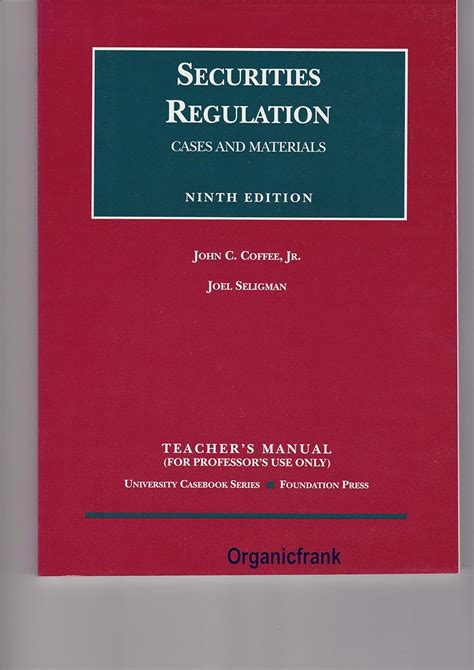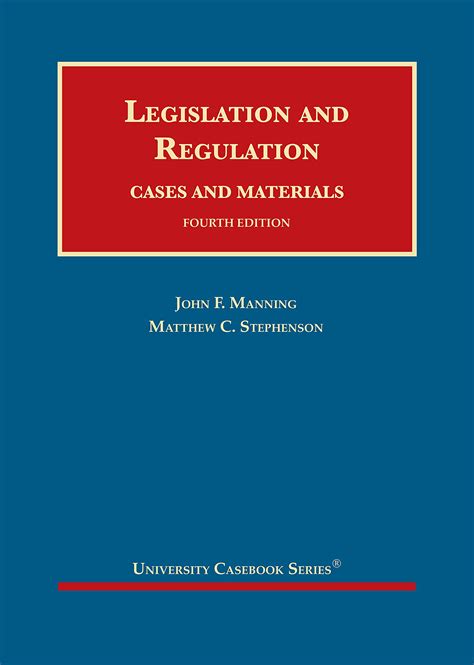Securities regulations play a crucial role in maintaining the integrity and stability of financial markets. Over time, these regulations have undergone various amendments to address emerging challenges and enhance investor protection. This article delves into the recent amendments to securities regulations, providing a comprehensive analysis of their significance and impact. By examining the historical context and the key drivers behind these changes, we aim to offer insights into how these amendments affect market participants and the broader financial landscape. Our review will highlight the most critical updates and provide recommendations for stakeholders navigating this evolving regulatory environment.
alijyun.com invites you to delve into this topic thoroughly.
1. Introduction
A robust financial market relies on strong securities regulations to uphold transparency, fairness, and investor protection. However, the financial landscape is constantly changing. Therefore, amendments to securities regulations are not simply administrative updates; they are crucial adjustments that must keep pace with new market trends, technological advancements, and the evolving needs of both investors and companies.
This article undertakes a comprehensive examination of the recent amendments to securities regulations, delving into their genesis, objectives, and potential effects. Comprehending the rationale and intentions underlying these changes is essential for market participants who must operate within an increasingly intricate regulatory landscape. From the historical context that informed these amendments to the specific provisions that have been altered, this analysis aims to illuminate the motivations driving the regulatory updates and their anticipated repercussions.
This article offers a comprehensive analysis of crucial amendments and their ramifications for diverse stakeholders. Through this examination, we aim to illuminate how these regulatory changes will likely shape market dynamics, investor sentiment, and the overall stability of the financial landscape. By equipping readers with the necessary knowledge and insights, we seek to empower them to understand and navigate these evolving market conditions, ensuring they remain informed and well-prepared in a dynamic financial environment.

2. Overview of Securities Regulations
Securities regulations are a cornerstone of the financial system, safeguarding investors, fostering fair markets, and promoting transparency in financial transactions. These regulations govern the issuance, trading, and reporting of securities, including stocks and bonds. Enforced by government agencies such as the Securities and Exchange Commission (SEC) in the United States, they aim to uphold market integrity. This is achieved by preventing fraud, insider trading, and other manipulative activities that could harm investors or destabilize the financial markets.
Securities regulations have continuously adapted to changing economic landscapes, technological innovations, and market dynamics. This regulatory framework mandates companies to disclose critical financial information, empowering investors to make well-informed decisions. Additionally, it establishes standards for financial intermediaries, like brokers and investment advisors, to uphold ethical conduct and prioritize the best interests of their clients.
A comprehensive grasp of securities regulations is essential for all participants in the financial markets, ranging from individual investors to substantial financial institutions. The dynamic nature of the market necessitates regular reassessments and revisions of these regulations to effectively confront emerging challenges, safeguard investors, and reinforce the foundations of a just and transparent financial ecosystem.

3. Historical Background of Amendments
The historical record of amendments to securities regulations demonstrates a consistent pattern of adaptation to the ever-changing landscape of financial markets and economic conditions. These regulations first emerged in the early 20th century, prompted by the devastating stock market crash of 1929 and the subsequent Great Depression. The Securities Act of 1933 and the Securities Exchange Act of 1934, cornerstone legislation of modern financial regulation, were designed to restore investor confidence and curtail market manipulation.
Over the decades, regulatory frameworks have consistently adapted to meet emerging challenges, including technological advancements and market innovations. The passage of the Sarbanes-Oxley Act in 2002, spurred by the corporate scandals of Enron and WorldCom, exemplifies this evolution. The Act implemented stricter corporate governance and financial reporting standards. More recent amendments, such as those stemming from the Dodd-Frank Act and the JOBS Act, underscore the ongoing commitment to enhance market stability and foster capital formation. These amendments were enacted in response to the 2008 financial crisis and the evolving economic landscape. These historical shifts underscore the paramount importance of continuous regulatory evolution to preserve market integrity.

4. Purpose of Amendments
Amendments to securities regulations are essential for navigating the dynamic financial landscape. Their primary goal is to address emerging challenges, enhance market efficiency, and safeguard investor interests. As financial markets evolve, new risks and opportunities arise, necessitating regulatory adjustments to maintain market integrity and investor confidence. These amendments aim to close regulatory gaps, adapt to technological advancements, and mitigate systemic risks, ensuring a robust and resilient financial ecosystem.
For instance, recent amendments may aim to enhance transparency by increasing disclosure requirements for publicly traded companies or to tackle issues surrounding cybersecurity threats. They can also simplify processes to encourage capital formation and support innovation while ensuring strong investor protections. Through updating regulatory frameworks, these amendments aim to strike a balance between maintaining market stability and accommodating new business models and market practices. The ultimate objective is to create a regulatory environment that promotes fair and efficient markets, builds investor confidence, and adapts to the evolving requirements of the financial system.
5. Impact on Market Participants
Amendments to securities regulations can have a profound and multifaceted impact on market participants. Public companies, in particular, often face increased compliance costs and more stringent reporting requirements. This necessitates investments in new systems and processes to meet heightened disclosure standards and adhere to updated governance rules. As a result, companies may experience greater scrutiny from regulators and investors, potentially influencing their corporate strategies and operations.
Investors, on the other hand, stand to gain from increased transparency and stronger safeguards against fraud and market manipulation. Amendments that expand disclosure requirements or strengthen market oversight empower investors to make more informed decisions and minimize the likelihood of financial losses stemming from deceptive information or unethical practices.
Financial intermediaries, like brokers and investment advisors, are likely to encounter adjustments in their regulatory requirements. These shifts can influence their business practices and how they interact with clients. To maintain compliance and mitigate potential legal issues, these professionals must diligently stay informed about evolving regulations.
In conclusion, although amendments to securities regulations are intended to foster a more stable and transparent market, they also require all market participants to adapt their practices in accordance with the changing regulatory landscape.
6. Analysis of Key Amendments
Recent amendments to securities regulations address contemporary market challenges through several notable changes. Notably, disclosure requirements have been enhanced to equip investors with more comprehensive and timely information regarding a company’s financial health and operations. This includes in-depth reporting on executive compensation and risk management strategies.
Another critical update involves increased regulations on cybersecurity practices for publicly traded companies, reflecting the growing threat of digital breaches and data theft. These amendments require companies to adopt stricter measures for protecting sensitive information and reporting cyber incidents promptly.
Additionally, recent amendments have focused on streamlining processes for capital formation, such as easing restrictions on private placements and offering new avenues for small businesses to raise funds. These changes aim to facilitate investment and innovation while maintaining adequate investor protections.
Overall, these amendments are intended to enhance market transparency, improve investor confidence, and adapt to the evolving needs of the financial landscape.
7. Conclusion and Recommendations
In conclusion, the recent amendments to securities regulations are crucial for adapting to the changing financial landscape and tackling current market challenges. These changes are designed to increase transparency, strengthen investor protection, and simplify the process of raising capital. This reflects the necessity for a regulatory framework that evolves alongside technological advancements and market dynamics.
Staying informed about regulatory updates is paramount for market participants. Companies must prioritize compliance measures to meet new disclosure and cybersecurity requirements. Investors can utilize enhanced transparency to make well-informed investment decisions. Financial intermediaries must adapt their practices to comply with the updated regulations and maintain their fiduciary responsibilities.
To effectively manage risk and seize opportunities in the dynamic financial landscape, stakeholders are encouraged to consistently monitor regulatory updates. Seeking expert guidance can help navigate the complexities of these evolving frameworks. By proactively adapting to these amendments, market participants can optimize their operations within the changing financial environment.
alijyun.com

